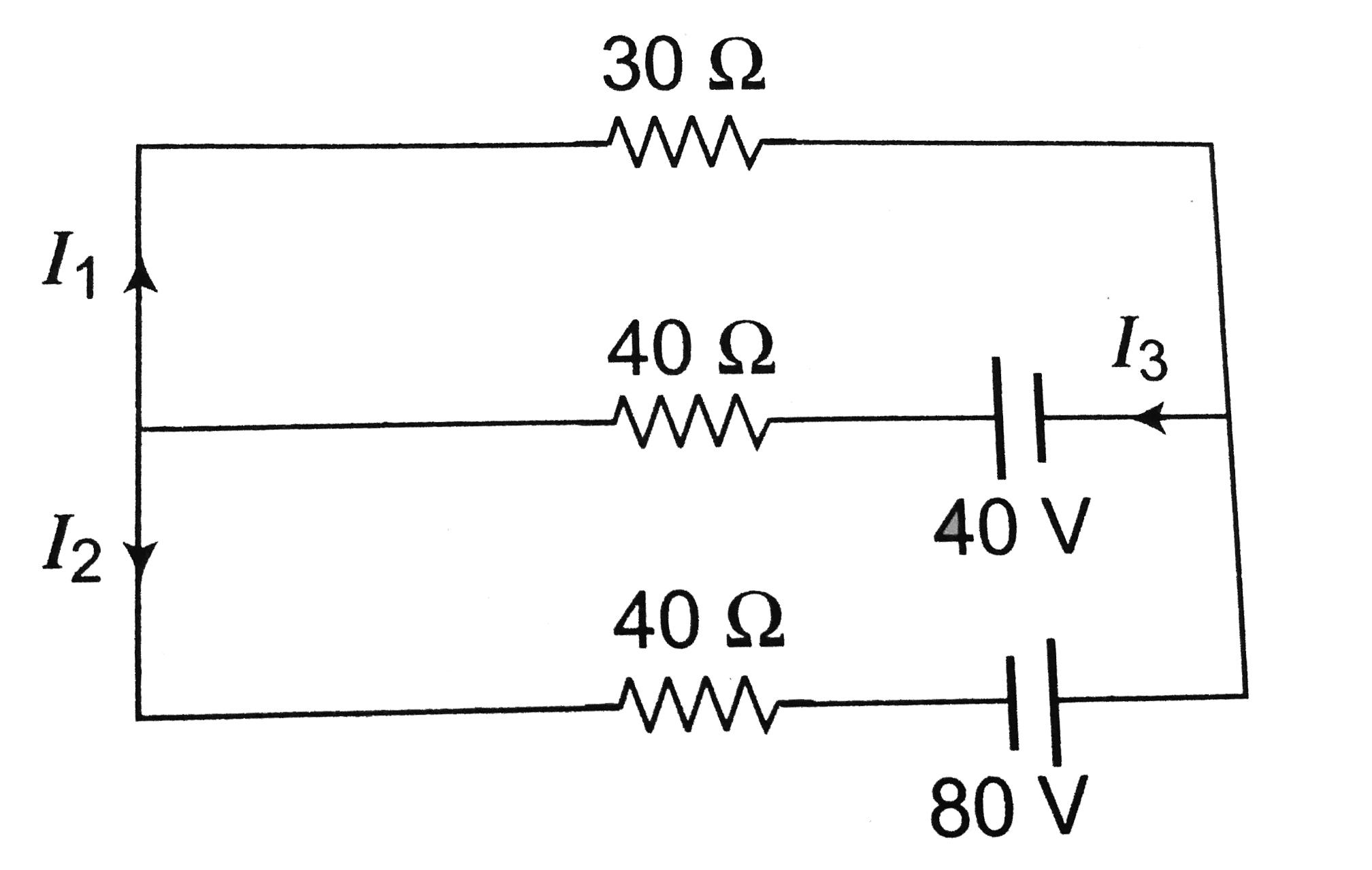In the given circuit, current I is 2A and it is decreasing at the rate of 103AS−1.Then VB−VA is _PHY_E06_148_Q01.png)
10V
9V
−9V
19V
Step by step video & image solution for In the given circuit, current I is 2A and it is decreasing at the rate of 10^3 AS^(-1).Then V_B- V_A is by Physics experts to help you in doubts & scoring excellent marks in Class 12 exams.
Updated on:21/07/2023Topper's Solved these Questions
Similar Questions
The network shows in Fig is part of a complate circuit. If at a certain instant the current (I) is 5A, and is decreasing at a rate of 105As−1 then VB−VA=−V.

View SolutionA part of a complete circuit is shown in the figure . At some instant the value of current I is 1 A and it is decreasing at a rate of 102As−1 . The value of the potential difference VP−VQ, (in volts) at that instant , is ____________.

View Solution
Knowledge Check
In the given circuit the current I1 is
 A0.4AB−0.4AC0.8AD−0.8A
A0.4AB−0.4AC0.8AD−0.8AIn the given circuit currents I1 and I2 are
 .A107A,127AB−27A,125AC87A,125AD87A,127A
.A107A,127AB−27A,125AC87A,125AD87A,127AThe network shown in the figure is part of a complete circuit. If at a certain instant, the current I is 5A and is decreasing at a rate 103A/s then VB−VA is
 A20VB15VC10VD5V
A20VB15VC10VD5V
The network shown in the figure is part of a complete circuit instant the current (I) is 5A and is decreasing at a rate of 103 A s−1, then the value of VB−BA is

View SolutionIn the circuit (Fig.) what is potential difference VB−VA (in V) when current I is 5A and is decreasing at the rate of 103As−1

View SolutionThe network shown in the figure is a part of a copmplete circuit. If at a certain instant, the current i is 5A and decreasing at the rate of 103As, then Vs−VA (in volt) is
'(##CEN_KSR_PHY_JEE_CO23_E01_022_Q03##)'
View SolutionAB is a part of circuit. Find the potential difference VA−VB if
a. current I=2A and is constant,
b. current i=2A and is increasing at the rate of 1As−1,
c. current i=2A and is decreasing at the rate 1As−1,

View SolutionIf I=5A and decreasing at a rate of 102(A/sec) , then VB−VA

View Solution
